The Bio-Home
Grade 10
Presentation
No video provided
Problem
Many people around the world are trying to do their part to minimize their carbon footprint and overall impact on our planet's natural environment. This can be a more complicated and difficult task than it appears. Drinking out of a bio-degradable straw or reusing tuperwear makes an impact, but not as significantly as we would like it to. What if sustainability and eco-friendly technologies where integrated into our everyday lives at a larger scale without inconveniencing us, but rather improving our quality of life? The goal of this project is to create a theoretical design for an eco-friendly and sustainable home that allows us live more harmoniously with our planet. The design of this home is theorectical while containing technologies based on contemporary and pre-existing scientific knowledge.
Method
All throughout: Find examples of eco-friendly building materials and sources of energy.
Step 1: Research in what manner I would like the home to be built:
1.1: Basic shape of the home.
1.2: Functions of all parts of the house.
1.3: Plans to maximize efficiency.
Step 2: Decide what technologies will be used for the home, (not extremely specific, but the general plan. Ex: wind or solar, what will be used for heating and ventelation, etc).
Step 3: Use Cheif Architect to make a proper floor plan to aid in visualising the home.
Step 4: Find eco friendly sources for all materials needed in building th home, (using the table given by cheif architect which includes a list of all basic materials).
Step 5: Use the floor plans to build a more comprehensive model of the home to aid in diplaying all aspects of the home. (use very specific examples of all technoligies used).
Research
(Jul 18, 2023). Biomimicry: Hoax or Genius?. Dami Lee. Youtube.com.:
- Biomimicry: The design and production of materials, structures, and systems that are modeled on biological entities and processes.
- Flax fibers: Renueable and biodegradable material that has similar properties as glass and carbon fiber.
- Biopolimers: A building material made of the cells of different organisms. It can have great insulation properties and can regulate moisture. It can be modified to a desired behaviour.
(Oct 22, 2020). Exploration Architecture founder Michael Pawlyn on biomimicry | Design for Life | Dezeen. Dezeen. Youtube.com.:
- We can put steel structures into the ocean, and minerals from sea water will begin to grown on the steel. This material has similar properties to re-enforced concrete.
(Mar 6, 2021). 10 Eco-Friendly Building Materials | Sustainable Design. Going Green. Youtube.com.:
- Cork: Insulates and provides long-term protection from the elements. No trees need to be cut down for it's production. It is easy to recycle and the same tree can be harvested every nine years. They take 25 years to mature, and can live for 300 years.
- Mycellium: The tiny roots of mushrooms that are dried to make it durable enough to resist mold.
- Algae: Can be grown in glass panels along the side of buildings, then used as biomass.
(Mar 14, 2020). Green Architecture Saving the World | Visiting Sustainable Buildings from Across the Planet. Going Green. Youtube.com.:
- Green walls can be put on the side of buildings to help clean the air. AKA vertical gardens.
(May 29, 2018). See How Termites Inspired a Building That Can Cool Itself | Decoder. National Geographic. Youtube.com.:
-
In 1991, architecht, Mick Pearce, designed a self-cooling and self-heating building called, The Eastgate Centre.
-
The building was inspired by a termite mound; by increasing the surface area of the building, heat loss is lessened at night, and heat gain is reduced during the day.
(Jun 19, 2020). 5 amazing biomimicry examples providing real sustainability solutions | Architecture Building Energy. Sustainability Illustrated. Youtube.com.:
- Coral exoskeletons are made of CaCO2. We can combine carbondioxide and calcium carbonate to make concrete. It takes less energy to produce compared to regualr concrete.
The Lotus Effect. Nano Tech Solutions. NanotechSolutions.com.:
- Lotus leaves are water repelent because of tiny wax-covered bumps that create water droplets that clean dust and contaminants off of the leaf. This is by maintaining the surface tension of the water.
- Some superhydrophobic coatings replicate this effect. They can be used to direct water more swiftly.
- The cuticle of the leaves have papillae that are 10µm - 20µm in height, and 10µm - 15µm in width, which aids in creating this effect.
(Nov 4, 2023). SolarPunk Cities: Our Last Hope?. Dami Lee. Youtube.com.:
- Solarpunk is an idealistic and optimistic version of cyberpunk; a way in which technology helps us human as well as our planet.
- People living in suburbia create four times more emissions than people who live in city centres.
- Aarduizen in the Netherlands is composed of houses made from recycled materials. If materials cannot be found for reusage, that material will be lacaly sourced. 70% of their electricity and 100% of their heating is generated withing their comunity.
(Oct 4, 2023). Dune Cities: Fiction or Reality. Dami Lee. Youtube.com.:
- Passive cooling: Usage of shade and insulation to keep heat out of a home. Using materials that store heat.
- Conctere has to be made by mining for caorse sand. Finite has been developing concrete made of desert sand that can just be picked up from the surface of any desert. No mining required. This concrete is biodegradable, and could cut the carbon footprint in half.
- Wind catchers can remove the need for mechanical AC.
(2023). FINITE: A New Low-carbon, Bio-composite, Sustainable Replacement for Concrete. Urban Next. UrbanNext.net.:
- Finite concrete has very similar properties as housing bricks and residential concrete.
- Does not require extreme temperatrues to be produced.
- Can be coloured.
(Oct 2, 2024). Nezu Museum. Dami Lee. Youtube.com.:
- Planted bamboo as an outdoor screen.
- Cork can be used for flooring, which is softer than stone or concrete.
(May 24, 2024). Investigating extremely thin properties with only the width for one person!. Fang Tokyo. Youtube.com.:
- Thin houses that are also tall allow for less space to be taken up.
Family Size by Country 2024. World Population Review. WorldPopulationReview.com:
- The average household, globaly, has four people living in it.
EcoPact: the Green Concrete. Lafarge. Lafarge.ca.
- 90% less CO2 emissions.
- EcoPact is just as functional as standard residential concrete.
Yadav, M. and Mathur A. (2021). Bamboo as a Sustainable Material in the Construction industry: An Overview. Sciencedirect.com.:
- India is the largest producer of bamboo.
- It is one of the most rapidly growing plants on earth.
- It's strength is almost equal to steel.
- Aharvest happens every three to five years, which is much more efficient than traditional wood, which is harvested every twenty-five years.
Bennet, H. (Apr 17, 2023). The Plastic Predicament. Royal Society of Chemistry. Edu.rsc.org.
- The problem with insulation is not how the materials perform, it is about how they are made, then disposed of.
- Using recycled materials almost elimimates the production problem.
Data
Number of People intended to live In the Bio-Home: 4
This allows the Bio-Home to reach the largest amount of people possible. Of course, this is not required. One person, or seven people can live in the house depending on how the family decides to live. The same technologies used for this version of the Bio-Home can be re-aplied to any other size of home.
Function of each floor:
1st: Entrance, Living Room, Kitchen
2nd: Bedroom, Bathroom, Laundry, Storage
3rd: Office, Bedroom, Bathroom
Function of each wall:
South: Windows for natural light and heating during the day.
East: Windows for morning light.
North: Cooling wall:
Water collected from rain will be sprayed along this wall. Just like how humans sweat to remove heat from their bodies, water on the wall absobs heat from the house and carries it away.
West: Garden wall:
By planting a vertical garden, emissions from neighboring buildings can be filtered from the air, while taking up minimal space on the ground.
List of plants:
| Name of plant | Purpose | Picture of Plant |
| Berberis thunbergii (Japanese barberry) | Pollination + Air filtration + Sound barrier |  |
| Weigela | Pollination + Air filtration | 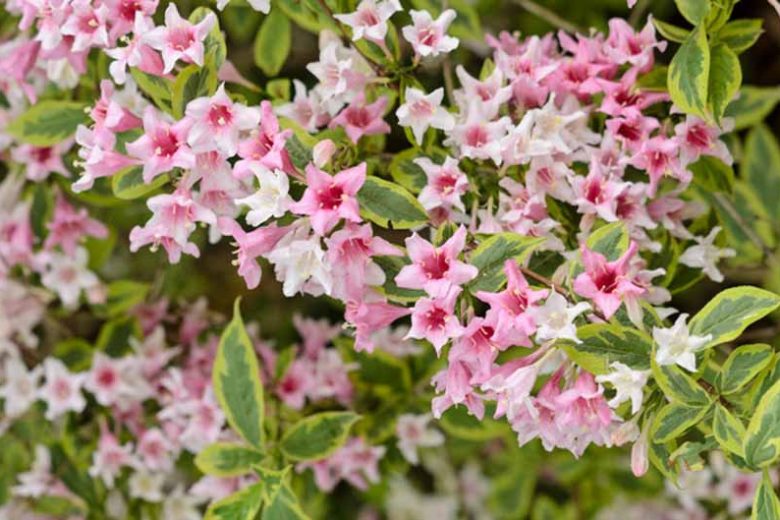 |
| Ribes sanguineum (Fllowering currant) | Pollination + Air filtration | 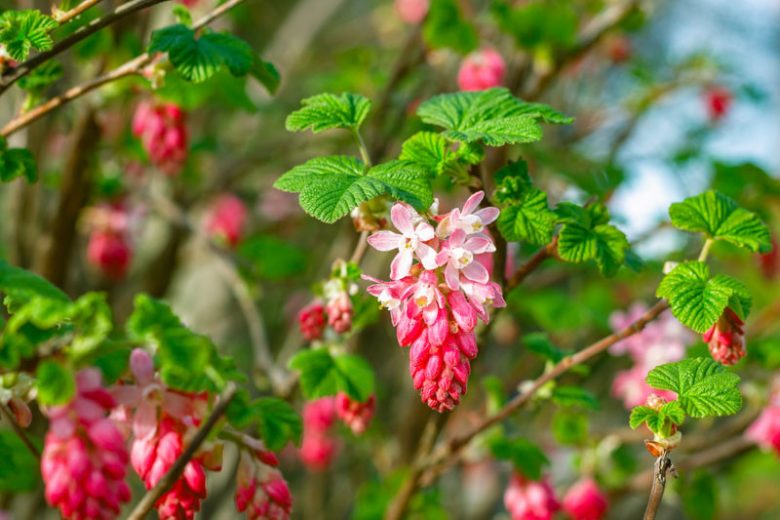 |
| Miscanthus x giganteus | Sound barrier |  |
| Convallaria majalis (Lily of the valley) | Aesthetics + Climate resiliance + Pollination | 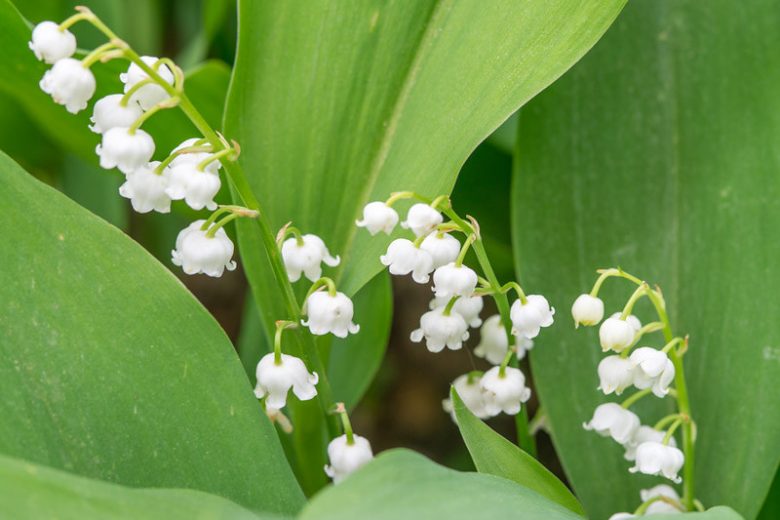 |
| Astilbe | Pest deterring | 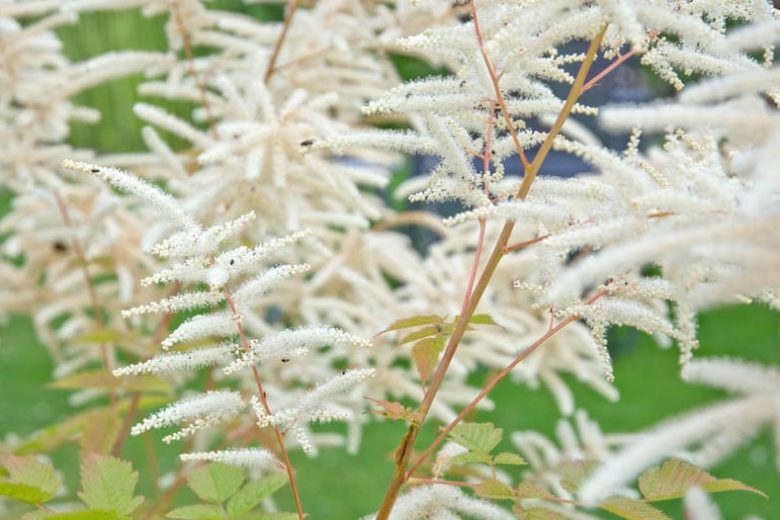 |
| Lythrum salicaria (Purple loosestrife) | Aesthetics + Climate resiliance + Pollination | 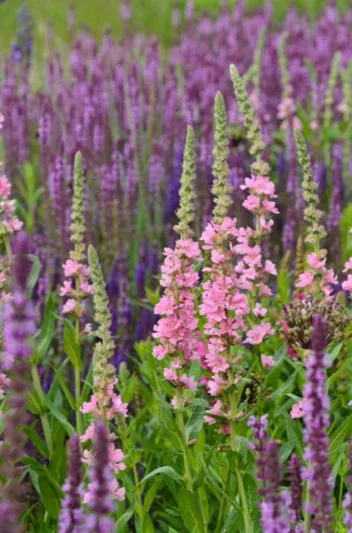 |
Roof: Energy and Ventilation:
- A wind catcher will provide natural ventilation by letting in cool air, and allowing rising warm air in the home to escape.
- Efficent wind turbines will be placed in a pyramid shape in order to get the most wind used for energy as possible.

- A concave catcher for rain will use the lotus effect to direct water to the rain water storage unit.
Materials for the Bio-Home:
| Part of the Bio-Home | Original Materials | Alternative, eco-friendly material substitute | Pros of the subsitute | Cons of the substitute | Picture of substitute |
| Foundation | Concrete | EcoPact | This substitute takes 90% less CO2 emissions to produce compared to standar concrete, while maintaining the same level of structural integrety. It looks just like standard concrete as well. | Lafarge, the producer of EcoPact is not very open about how they make EcoPact. I was unable to find what EcoPact was specifically composed of. | 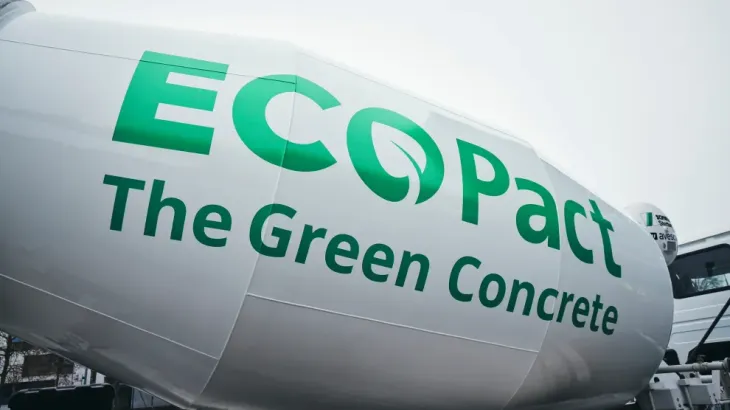 |
| Siding | Brick | Finite Concrete | This alternative requires no mining at all, and can be made from regular desert sand, which is very abundant, and in no shortage. Finite concrete is also bio-degradable, which allows it to leave very minimal inpact on the environment after use. It is also re-usable, and requires less energy to be made compared to residential concrete. | Because the material is bio-degradable, it has to be replaced every few years, which is not an extensive process, but still unconventional. |  |
| Windows | Tempered Glass | None | Tempered glass is already considered to leave minimal impact on the environment. It is frequently recycled, and has a very long-lasting life. | I could not find any varients of tempered glass useable for windows that would leave a minimal impact on the environment. | 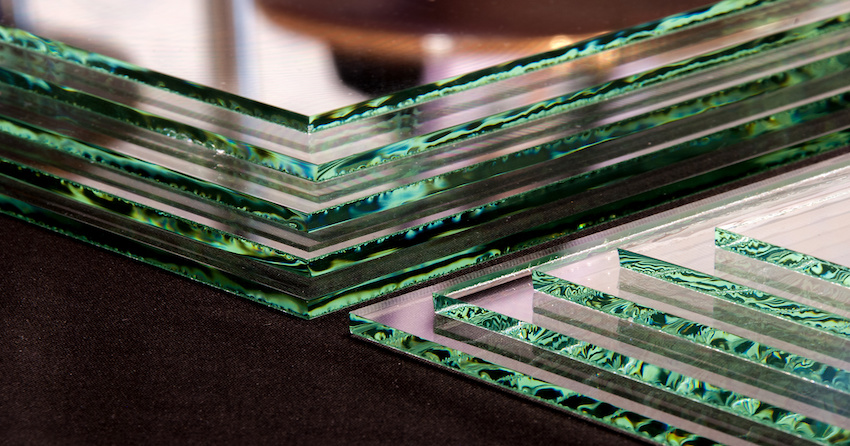 |
| Flooring | Carpet | Cork | No trees need to be cut down to harvest cork. The same tree can be hravested every 9 years. This material is also durable, and easy to recycle. It is a soft material, which is good for walking around. | Large spaces outdoors will have to be used to grow cork in large masses. |  |
| Subfloor | OSB (aspen + poplar) | Bamboo Pieces | Bamboo is one of the world's fastest growing plants, so it can be frequently harvested. It is also stronger than most woods. It takes up much less impact on the planet, while also being a better building material overall. | The worl'd largest producer of bamboo is India, which makes this incredible material costly to bring overseas. | 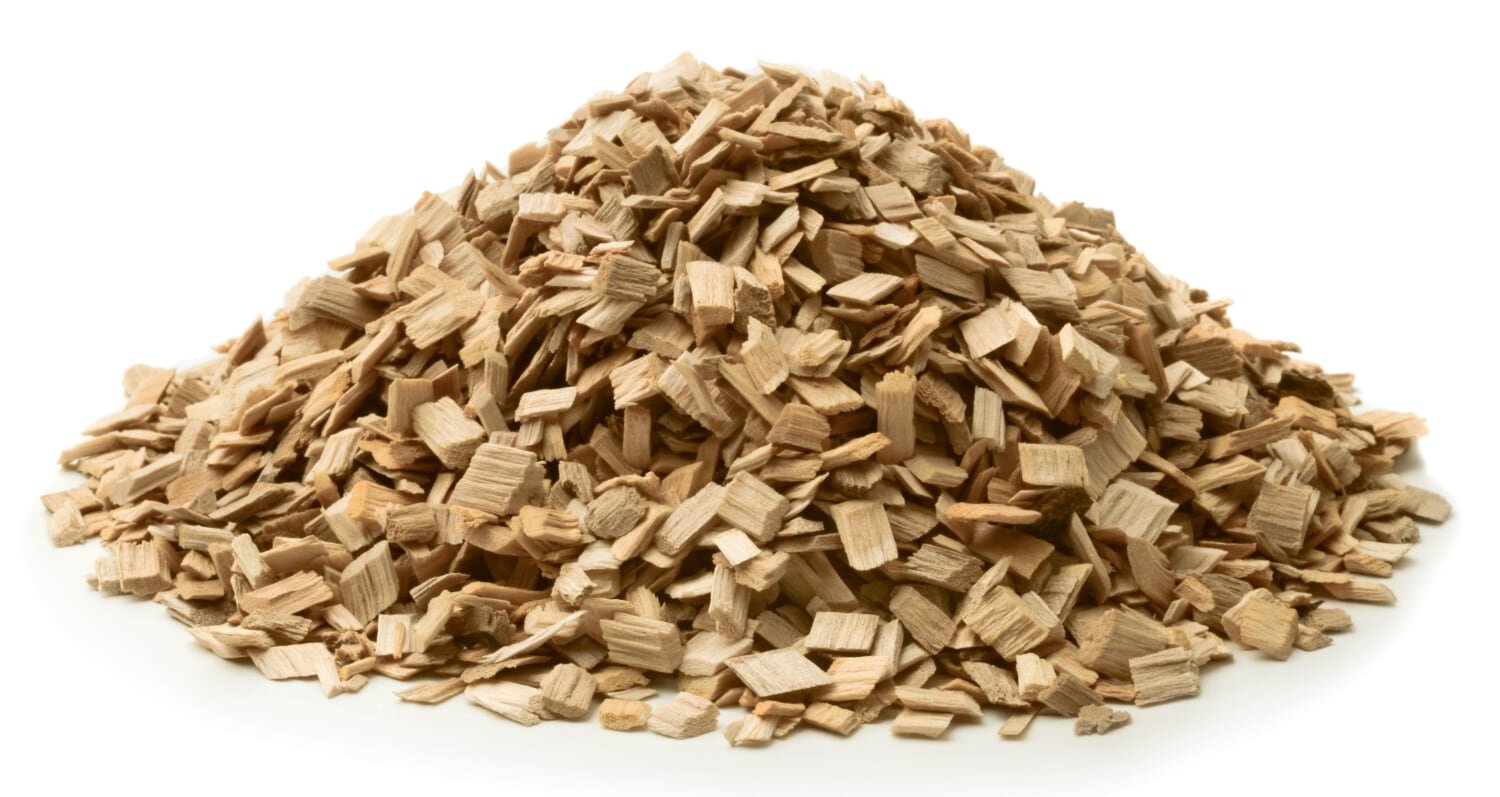 |
| Framing | Lumber / Wood | Bamboo | Bamboo is one of the world's fastest growing plants, so it can be frequently harvested. It is also stronger than timber, having a strength almost equal to that of steel. It takes up much less impact on the planet than timber, while also being a better building material overall. | The worl'd largest producer of bamboo is India, which makes this incredible material costly to bring overseas. | 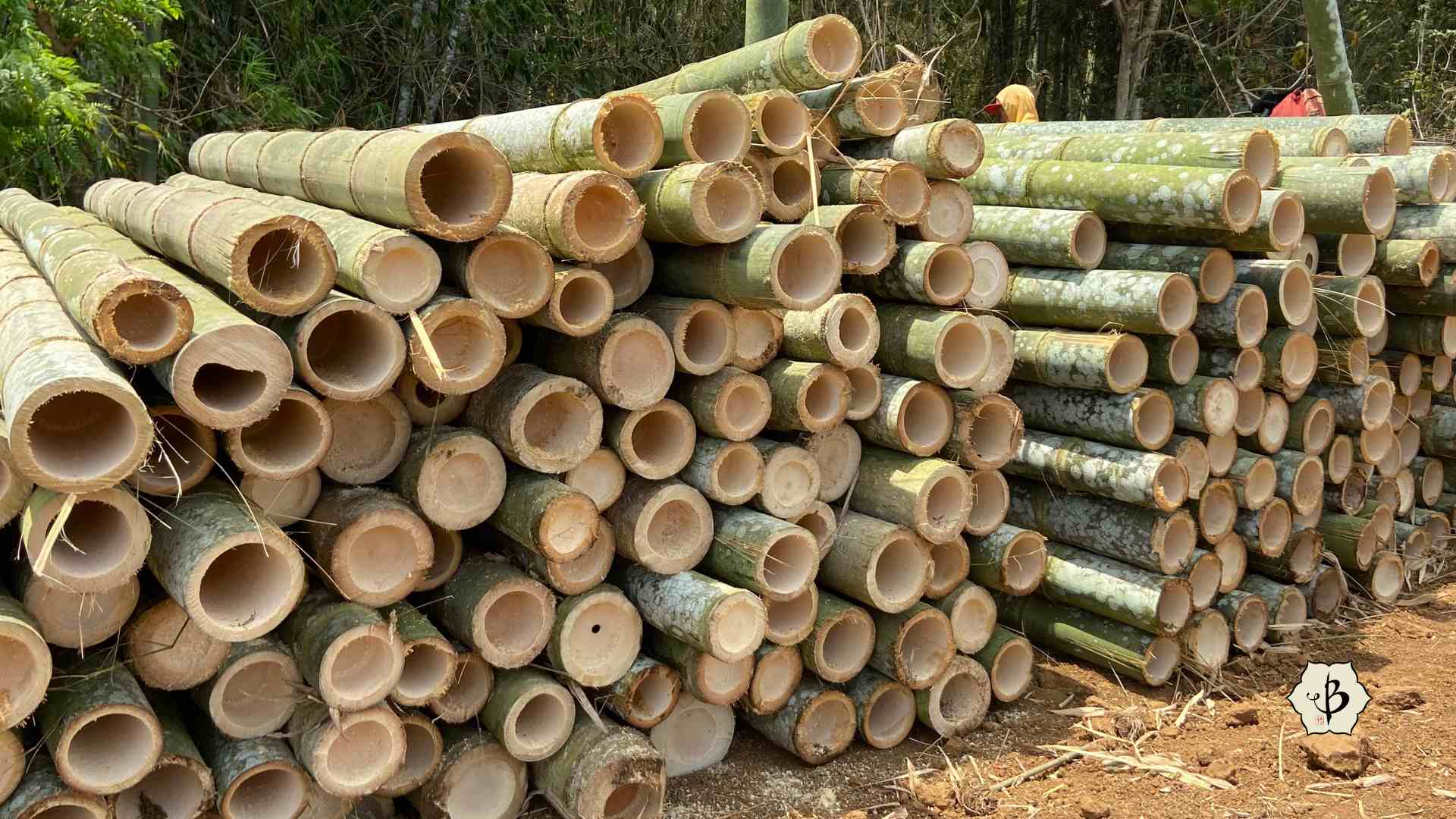 |
| Drywall | Gypsum | Bamboo | Bamboo is one of the world's fastest growing plants, so it can be frequently harvested. It is also strong, while still being able to be punctured. It takes up much less impact on the planet than drywall, while also being a better building material overall. It also looks nicer in some cases. | It does not provide the same clean look that drywall does, if that is the look you want. |  |
| Drywall | Gypsum | Cork | No trees need to be cut down to harvest cork. The same tree can be hravested every 9 years. This material is also durable, and easy to recycle. It is a soft material, which is good for keeping kids safe. It is also harder to break, but just as easy to puncture as drywall. | It does not provide the same clean look that drywall does, if that is the look you want. It might also be too much with cork floors. |  |
|
Trim + Railing + Wall panel + Doors |
Wood | Bamboo |
Bamboo is one of the world's fastest growing plants, so it can be frequently harvested. It is also stronger than oak or pine, having a strength almost equal to that of steel, while not being as firm. It creates much less impact on the planet, while also being a better building material overall. It also looks comparable in astheitics to light woods. |
The worl'd largest producer of bamboo is India, which makes this incredible material costly to bring overseas. |  |
| Insulation | Fiberglass, Cellulose, Mineral wool, Plastic | Recycled Fiberglass, Mineral wool, Plastic | In Canada and the United States of America, we already use recycled materials for our insulations withing buildings. By doing this, we divert plastic from entering the ecosystem. We also eliminate a large amount of greenhpouse gasses used to make required materials. | Although the major issue with the production of materials is taken care of, the disposal of insulation is still harmful to the environment. | 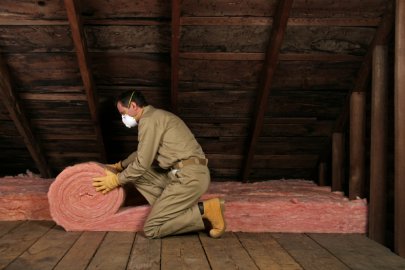 |
| Door knob, Door hinge, Screws | Metal | Recycled Metals | Metal products that are no langer in use can be re-melted in shapes needed for the Bio-Home (which is very minimal). Less products will go to landifills. Rather, waste can be used to build homes for people. | We still have to create carbon emissions to melt metal, even if we remove the need for mining. | 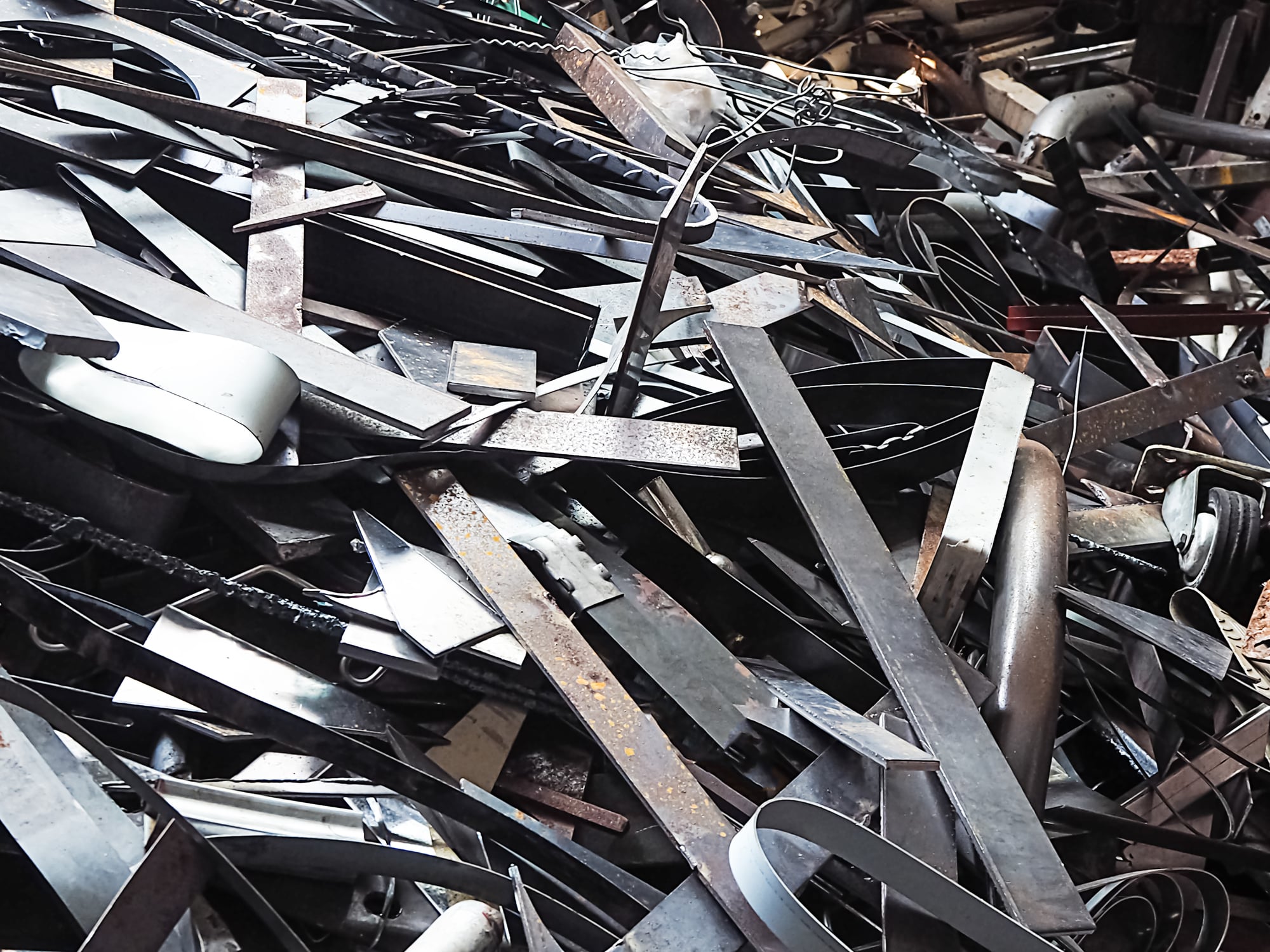 |
| Adhesive | Chemical synthetic compounds + Plaster | None | N/A | I could not find any reputable sources that provoded sources of eco-friendly glues / adhesives used in home construction. :( | N/A |
Conclusion
The Bio-Home has been designed to both be eco-friendly and sustainable. The three story building is intended to house a family of four, with 3060 square feet of living space while only taking up 1020 square feet of land. There are two bedrooms, and two bathrooms. The Home is built to be spacious and apealing for prople to live in. This is an attempt to break the stareotype that comfort has to be given up for minimizing environmental impact.
The electricity for the home is provided completely by compact, and energy efficient wind turbines. The wind tubines are based on "wind trees". These will be stacked in a pyramid shape on the roof of the home in order to catch as much wind posible for energy production. The need for mechanical AC is removed by using a wind catcher that allows warm air to escape, and cool air to flow inward. The open layout on the west side of the home allows this air to flow more efficiently. The east and south side of the home are heavily covered in windows in order to allow heat from the sun to enter the home. The east windows allow for a good amount of sun in the morning. The north wall is just brick, but uses stored rain water to cover its surface. The water absorbs heat from the house that is then carried off by the wind. (This is only applicable in hotter climates). This rain is captured by a large curved canopy on top of the home. The suface of the canopy is hydrophobic, and covered in very small bumps in order to swiftly direct water to the storage containers at the base of the building.
The huge bonus of this home is the garden wall on the west side. The garden is placed along the side of the Bio-home in order to take up the least amount of land possible. The garden also filters the air from polutants released by other surrounding buildings. An array of palnts have been chosen to optimize the positive environmental impact of the Bio-Home, while also looking astheticly pleasing.
Many alternatives have been selected for all parts of the Bio-Home. The only material I struggled to replace was adhesive. All other materials were accounted for. Bamboo is the star of the show, with it's incredible strength, almost comparable to that of steel. Bamboo can also be harvested more that five times more frequently than traditional timber. It can be used for framing, subfloor, walls, furniture, accents, and so much more.
The Bio-Home does not come without flaws. Obviously, this home would be very expensive to build, and in turn, expensive to purchase. No all building companies can afford to import building materials, and not all people are willing to buy a home with a hefty price tag. The goal of this project is to introduce new ways of building hames, rather than getting one single home design out into the world. I hope that even if only a few people see this project, they leave with even a subconscious thought of how we could improve the way we live, all the way down to the very home that we spend every day in.
Citations
Acknowledgement
I would like to thank my parents for supporting me every year that I participate in the CYSF, and for being amazing in general. You both mean a lot to me. I would also like to thank my friend, Reyna Carswell for participating in this incredible event with me every year, even if we never share a project. Thank you so much to Western Canada High School and Ms Trainor for allowing students to make their incredible projects and making it possible for students to attend the science fair. Thank you to all that make the CYSF possible.

